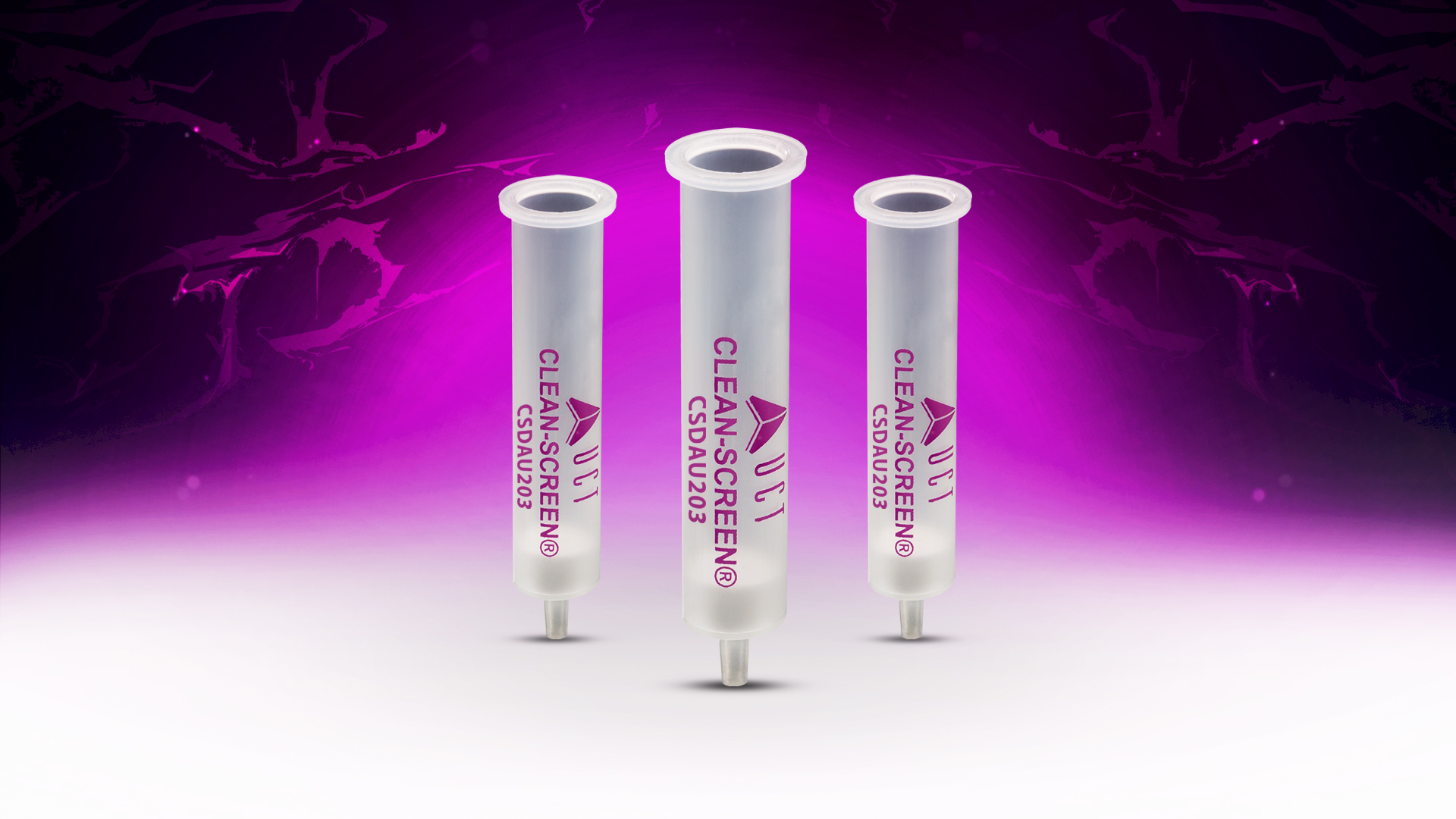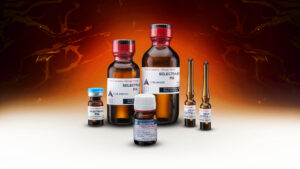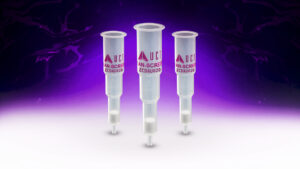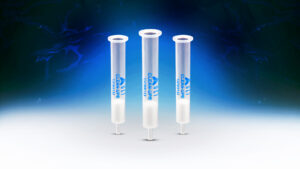UCT SPE Sorbent cited in Ractopamine Method Validation Paper
UCT is known in the industry as the premier manufacturer of Solid Phase Extraction (SPE) sorbents. Many of these clean-up products are commonly utilized in the food safety and public protection markets, for example in the detection of Ractopamine (RAC) in animal feed. RAC is a phenylethanolamine that has been approved for use as a feed additive in some countries to enhance leanness in animal selected species. It is used with the purpose of increasing the rate of weight gain, improving feed efficiency and increasing carcass leanness. Despite these benefits, the use of RAC has been related to adverse effects in cardiovascular and central nervous systems of animals and consumers.
RAC is currently banned for use in several countries; therefore, there are monitoring programs for Brazilian meat that includes the analysis of this controversial compound to assure the quality of the meat. An upper limit of 10 µg per Kg is used for regulatory purposes when samples are analysed under the National Plan of Residues and Contaminants Control of the Ministry of Agriculture, Livestock and Supply in Brazil. Other limits are adopted for other special monitoring programs. In the case that Brazilian meat is intended for export to countries where the use of RAC is prohibited completely, the reference point for action (RPfA) is as low as 0.1 µg per Kg.
In a paper authored by Caldeira et al., published in the journal Accreditation and Quality Assurance ((2017) 22,91–96), an analytical method was developed and validated based on extracting RAC with acetate buffer, hydrolyzing with β-glucuronidase and a purifying by SPE using UCT’s world renowned flagship SPE sorbent Clean Screen® DAU. Quantification was executed utilizing liquid chromatography–tandem mass spectrometry (LC–MS/MS). To minimize interferences, matrix-matched calibration solutions with different mass fractions of RAC were prepared from the fortified matrix, extracted solutions of fortified matrix or certified reference materials. The authors observed that the use of matrix-matched calibration solutions used for analysis of RAC in swine and bovine muscle by LC–MS/MS were found to be stable for at least 5 months and 11 months when stored at -18º C. The use of the calibration solutions simplify routine work and reduce the time for analyses, the consumption of materials, reagents and solvents involved in the extraction of the analyte from the sample, hence reducing the cost. This paper demonstrates why when research scientists working in the area of food protection for the public turn to UCT for the finest of SPE sorbents. For more information regarding Clean Screen sorbents, accessories, methods and application click here







